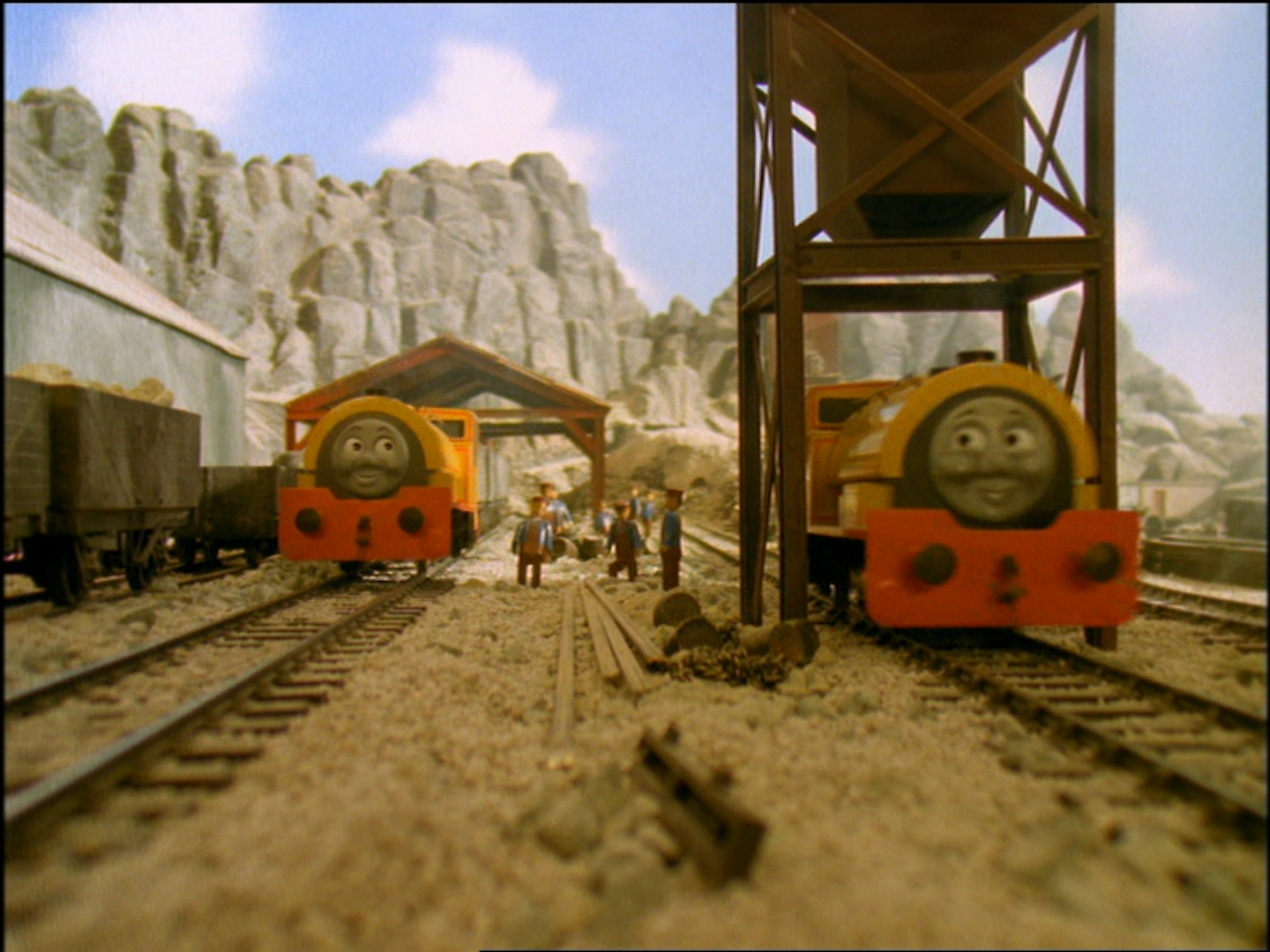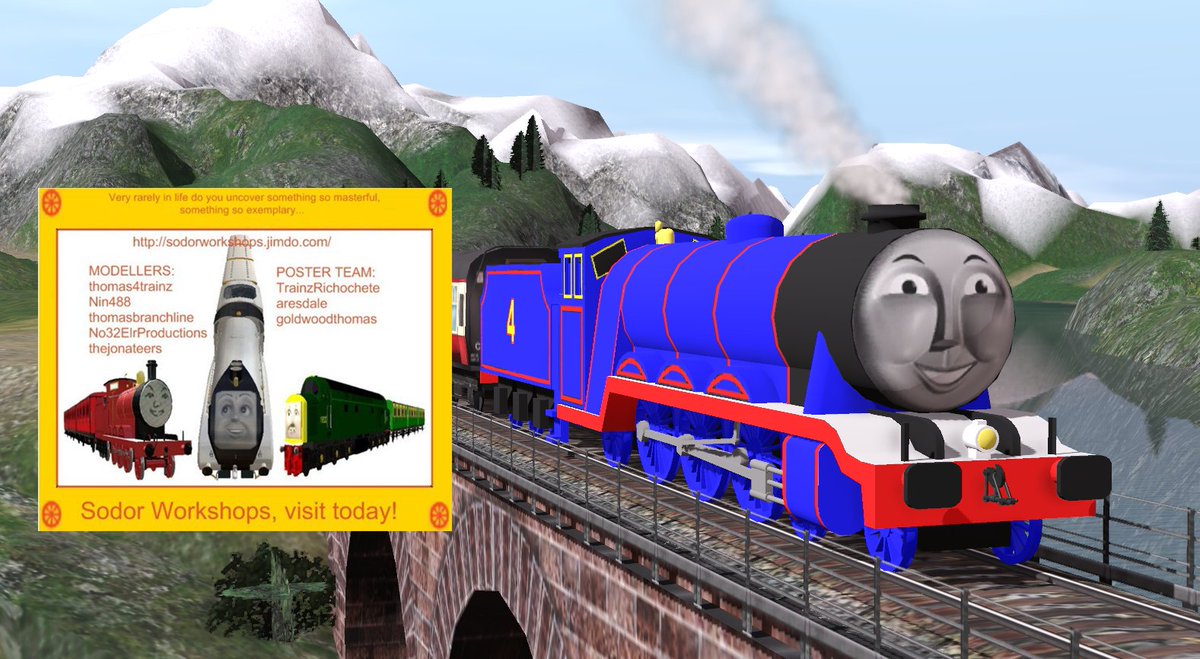
They carried the orange and red "Daylight" paint scheme. It retained the skyline casing atop of the boiler, skirting on the sides, an air horn to supplement the whistle and teardrop classification lights. Unlike the GS-3, the GS-4 had a dual-headlight casing (top headlight was a mars light) on the silver smokebox. The Big City Engine is another member of this class. The Patriot class is based on the locomotives of the same name. The Patriot class is painted BR green with orange and black lining, black pistons and yellow window lining. The two original members of the class, and the first ten of the nominal rebuilds, were not rebuilt due to their non-standard parts. Subsequently, BR rebuilt another 11, so that the rebuilt engines were ]/21–23/25–32/34–36/45. Seven (Nos /9-31/40) had been rebuilt by the start of 1948 when British Railways inherited the remaining 45 Baby Scots. These remaining 34 unrebuilt engines were withdrawn between 19.īetween 19, eighteen members were rebuilt with Stanier 2A boiler, cab and tender, though again these were largely paper rebuilds, based on the LMS Rebuilt Royal Scot Class. A total of 18 were rebuilt to create the LMS Rebuilt Patriot Class between 19 thereafter those not subjected to rebuilding were often referred to as the Unrebuilt Patriot Class. The class was based on the chassis of the Royal Scot combined with the boiler from Large Claughtons earning them the nickname Baby Scots. The first locomotive of the class was built in 1930 and the last in 1934. The Patriot Class was a class of 52 express passenger steam locomotives built for the London, Midland and Scottish Railway. The Light Mikado is based on the locomotives of the same name. It was also called the McAdoo Mikado after William Gibbs McAdoo, head of the USRA. Large numbers remained in service until replaced by diesel locomotives. The locomotives were considered well designed and modern, and were popular and successful.

The first, for the Baltimore and Ohio Railroad, was completed in July 1918 and given #4500.

This was the standard light freight locomotive of the USRA types, and was of 2-8-2 wheel arrangement in the Whyte notation, or 1′D1′ in UIC classification.Ī USRA Light Mikado type locomotive donated to the Museum of Transportation by the Chicago and Illinois Midland RailwayĪ total of 625 locomotives were built under the auspices of the USRA, with a further 641 copies built after the end of the USRA's control. The USRA Light Mikado was a USRA standard class of steam locomotive designed under the control of the United States Railroad Administration, the nationalized railroad system in the United States during World War I. To be added Audio Files Whistle First used It's basis Union Pacific Challenger 4-6-6-4 Union Pacific 3985 is painted black with white lining and a grey smokebox. 3985 was officially retired from excursion service as a result of its poor condition.
#Sodor workshops stepney Offline
It remained in operation until mechanical problems took it offline in 2010, after which it was stored at the Union Pacific's Steam Shops in Cheyenne, Wyoming. 3985 was placed into excursion service as part of the Union Pacific's heritage fleet and became the largest operational steam locomotive in the world, a title it would hold until the restoration of Union Pacific Big Boy No.

After a group of Union Pacific employees restored the locomotive to running condition in 1981, No. It was initially stored at the roundhouse in Cheyenne, Wyoming until 1975, when it was placed outdoors beside the Cheyenne depot. The locomotive operated in revenue service until 1957. 3985 is one of only two Union Pacific Challengers left in existence, and the only one to have operated in excursion service. Built in July 1943 by the American Locomotive Company (ALCO) of Schenectady, New York, No. Union Pacific 3985, also known as the "Challenger", is a four-cylinder simple articulated 4-6-6-4 "Challenger" type steam locomotive owned and previously operated by the Union Pacific Railroad. Union Pacific 3985 is a 4-6-6-4 American tender engine and a recurring background engine.


 0 kommentar(er)
0 kommentar(er)
